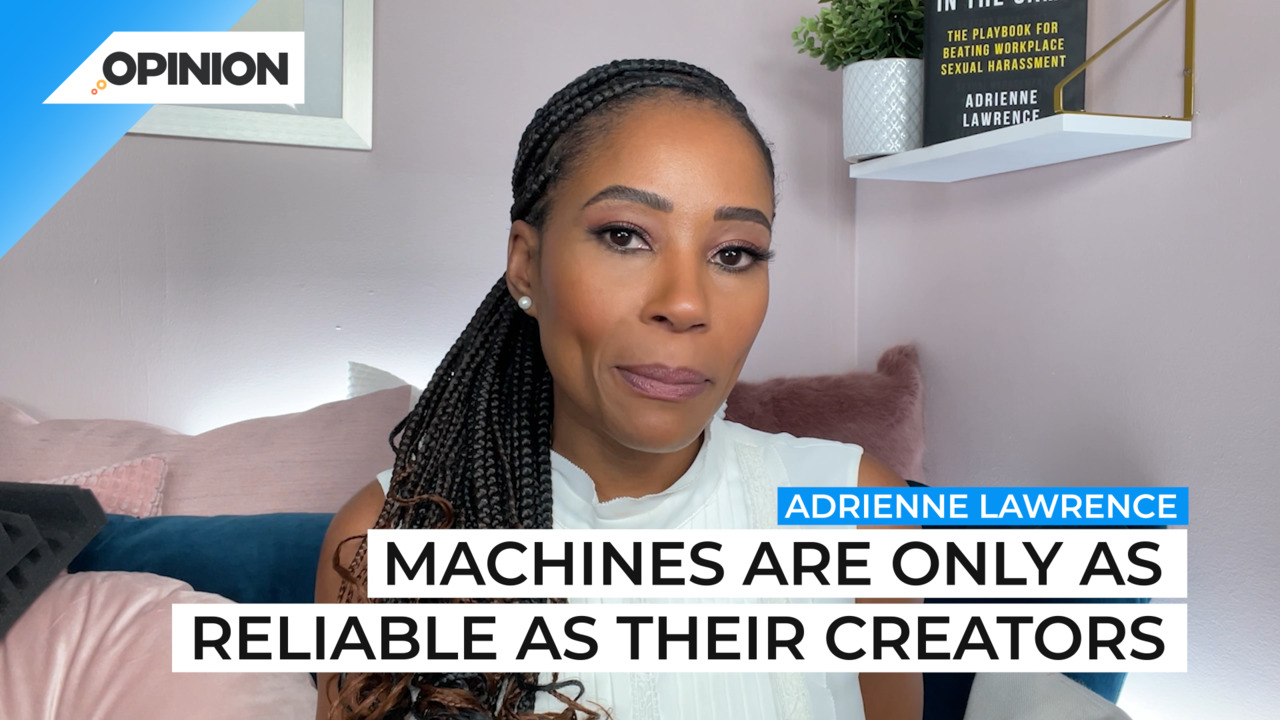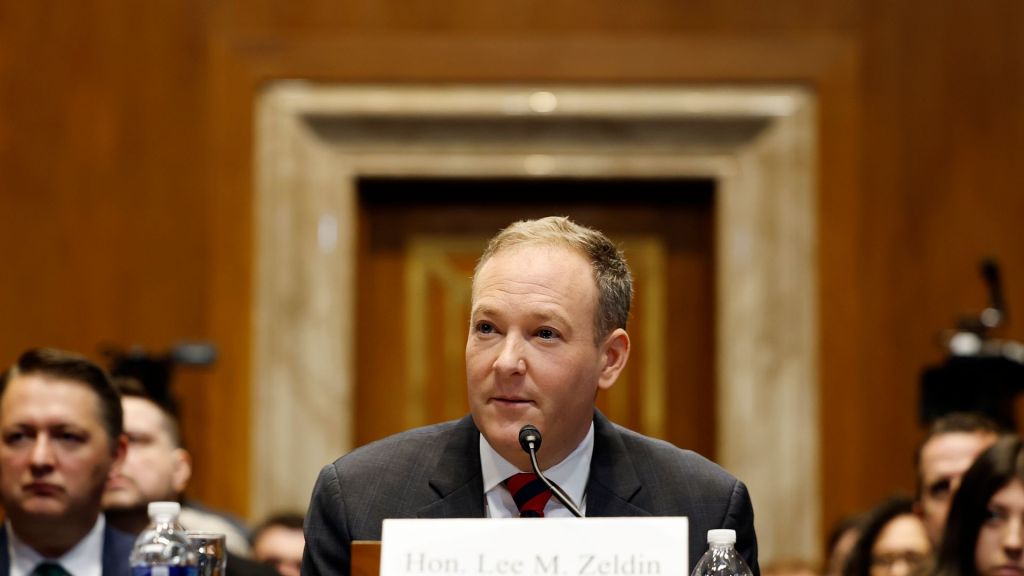
Commentary
-
Our commentary partners will help you reach your own conclusions on complex topics.
San Francisco’s Board of Supervisors green-lit a plan that would allow its police department to activate robots that can use deadly force. If arming robots isn’t a dystopian nightmare in the making, I don’t know what is. Law enforcement is already unreasonably and unnecessarily militarized. Injecting armed robots into the equation will simply threaten more lives….. starting with those in San Francisco, it appears. What is the city’s leadership thinking? The Board of Supervisors vote was 8 to 3, so it’s not like the decision was teetering on reasonable. The Board majority seems to think that citizens should not be concerned because San Francisco PD promises only to arm robots with explosives, rather than firearms. They also promise the robots will be used sparingly and only with the approval of the police chief, assistant chief of operations or deputy chief of special operations. These promises are not comforting. In fact, they ring hallow as police also promise to protect and serve yet so many of us marginalized people are unprotected and ignored—if not targeted. Since 2000, some 58 people have been shot and killed by police in San Francisco. Black people make up around 5 percent of the city, but over 30 percent of fatal police shootings. At least 14 percent of those killed by police were unhoused, even though the homeless represent just 1 percent of San Francisco’s population. And 38 percent of those shot by SF police have a history of mental illness. And so on. It’s the vulnerable members of society who disproportionately suffer at the hands of SFPD. American law enforcement has been trained to shoot first and ask questions later. Time and again, officers show us that they do not have the wherewithal and training to de-escalate situations or exercise sound judgment when interacting with marginalized communities. They do not need remote robot technology armed with lethal force. Also, during the summer of 2020, we saw officers across the nation use excessive force and inhumane tactics to silence first amendment protestors. So do they really expect us to believe police would only use these robots as a last resort? If I can’t trust the person, why would I trust the machine? In that same vein, we also must bear in mind that these robots are machines. Machines are only as reliable as their creators. We’ve seen time and again that those who create technology have blind spots that often translates to harm suffered by people who look like me. Whether it’s intentional AI discrimination or accidental programmer error, racial and gender bias is built into the system. When that kicks in for SFPD’s killer robots, I’m sure the machines will enjoy qualified immunity too. And if they don’t, when something goes wrong, it’ll be the people of San Francisco — the taxpayers footing the bill. Speaking of bills, according to the Mayor’s office, the San Francisco police department is already getting a fifty million dollar bump in 2023, bringing their budget to seven hundred and fourteen million dollars. You’d think San Francisco’s leaders could find better ways to spend taxpayer funds than giving officers deadly toys to enhance their already ridiculous militarized arsenal. San Francisco’s neighbor Oakland had the same option to employ deadly robots and they passed on it. And rightly so. San Franciscos’s Board of Supervisors needs to get it together and recognize that, like their constituents, deadly robots aren’t toys.
-
Hold Trump accountable for defying the rule of law
Since his return to the White House less than three weeks ago, President Donald Trump has enacted a series of executive orders and actions that have drawn both criticism and support. Legal and policy experts have raised concerns, with some arguing that these measures are illegal, unconstitutional, and a threat to U.S. national security. Some… -
Trump’s foreign policy is ‘America Alone,’ not ‘America First’
President Donald Trump is radically remaking U.S. foreign policy just days into his second term, issuing threats against close U.S. allies and partners like Denmark, Canada, Panama, Colombia and more. European powers are scrambling to prepare for any scenario where the United States under Trump seeks to conquer Greenland through military force, an act which… -
Trump’s immigration crackdown threatens US innovation
President Donald Trump’s immigration crackdown, which has led to large-scale arrests across the U.S., has drawn both praise and outrage. Trump and his supporters argue that his actions protect national security and American jobs by targeting undocumented immigrants. Opponents, however, contend that mass deportations not only separate families and harm communities but also remove workers… -
Here’s how we respond to Trump’s threats in 2025
Donald Trump made a wide range of threats and promises on the campaign trail, from the mass deportation of non-citizens to imposing steep tariffs on all imported products. He has also threatened “retribution” against Americans he perceives as being insufficiently loyal, and has shown interest in purging U.S. federal agencies and departments of those who… -
RFK Jr. at Health Department a chance to tackle drug addiction crisis
President-elect Trump’s nomination of Robert F. Kennedy Jr. to lead the Department of Health and Human Services has sparked deep division and bipartisan concern. While Kennedy’s “Make America Healthy Again” slogan sounds helpful, many of his health care positions have caused alarm. He has promoted various conspiracy theories and anti-vaccine views, including that COVID-19 was…
Latest Opinions
-
 Getty Images
Getty Images
New England city votes to become a sanctuary for transgender community
-
 U.S. Army photo by Michel Sauret
U.S. Army photo by Michel Sauret
Team USA athletes making life-changing memories at Invictus 2025
-
 Getty Images
Getty Images
China recruiting ‘planetary defense’ unit to protect Earth from 2032 asteroid
-
 Getty Images
Getty Images
Plans to buy armored Tesla vehicles suddenly gone from State Department list
-
 UAF
UAF
Ukraine unveils underground ‘Hell-making’ missile facility
Popular Opinions
-
In addition to the facts, we believe it’s vital to hear perspectives from all sides of the political spectrum.






